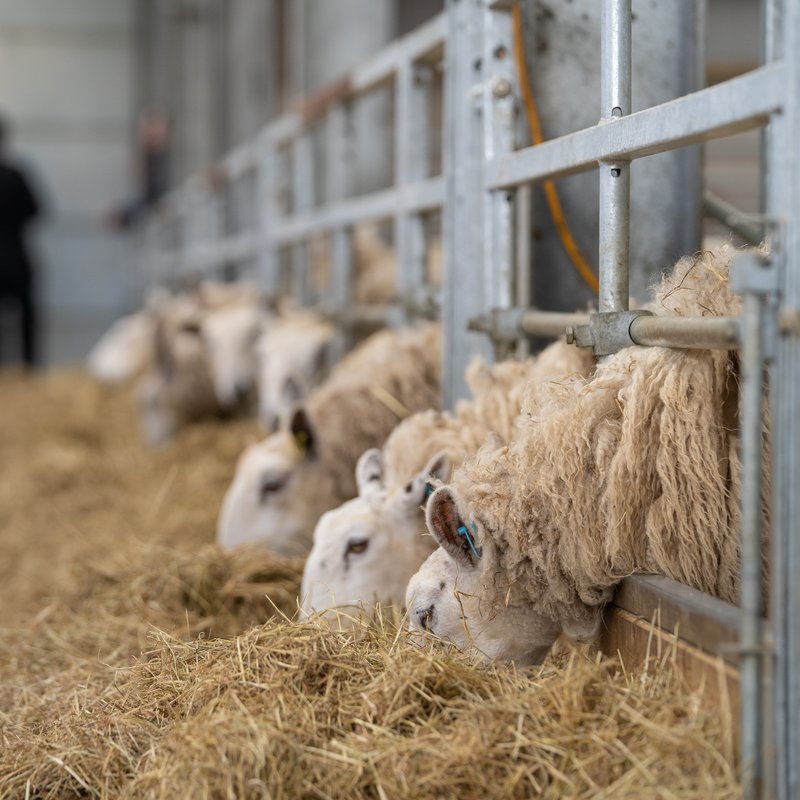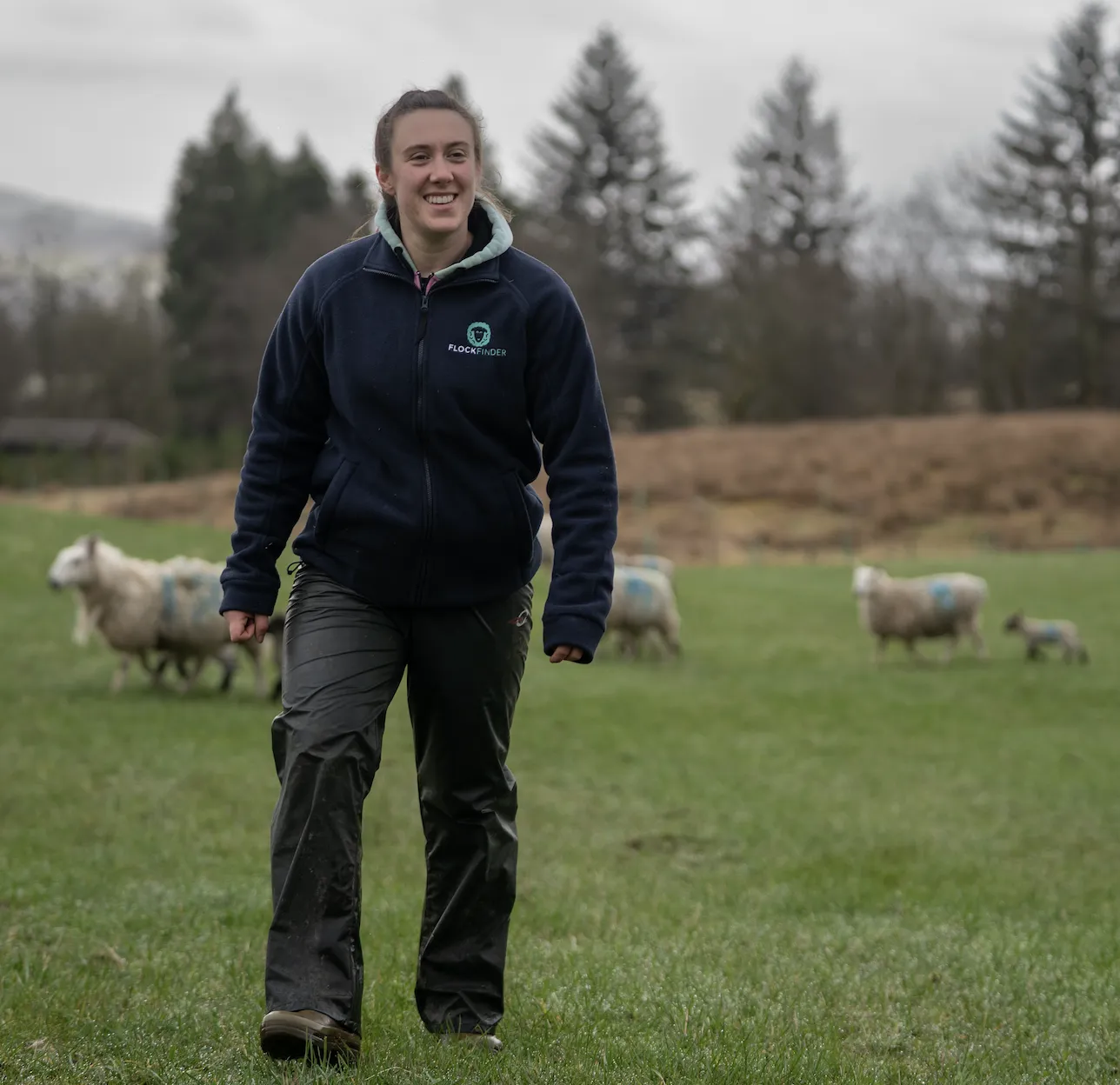🐑 What Is Sheep Shearing — and Why Is It Important?
Sheep shearing is the process of removing fleece using electric or manual clippers. It’s usually done once a year for most modern breeds, who have been bred to continuously grow wool. Without shearing, these sheep can become overheated, flystrike-prone, and uncomfortable.
So, do sheep enjoy being sheared? While sheep don’t exactly enjoy the process, they do benefit from it. Most show signs of relief once heavy fleece is removed, especially in warmer months. In fact, not shearing sheep is considered cruel if it results in suffering, such as overheating or parasite infestation.
What did sheep do before humans sheared them? Wild sheep naturally shed their fleece in warmer months, and their wool doesn’t grow continuously like modern domestic breeds. But modern sheep can’t self-shed, so they rely on us.

📅 When Should You Shear Sheep in the UK?
- Best Time: Late Spring to Early Summer (May–July)
- Why? It avoids the chill of early spring but gets ahead of the flystrike season in summer.
- Can you shear sheep in summer? Yes — but avoid heatwaves and don’t delay too long.
- How many times a year should sheep be sheared? Generally once is enough, unless they're a breed with unusually fast fleece growth.
Timing is everything. Shearing too early risks cold stress. Too late, and you face overheating, wool matting, or flystrike.
✅ Pros and Cons of Shearing
Pros:
- 🧼 Reduces flystrike risk in warm months
- ☀️ Prevents overheating and improves comfort
- 🔍 Gives a chance to check body condition and overall health
- ✂️ Easier to handle sheep post-shearing
Cons:
- 🌧️ Timing issues — too early or too late can cause stress
- 🧍♂️ Requires skilled labour and good handling facilities
- ❄️ Sheared sheep need shelter if weather turns cold
- 💸 Wool prices are low, so financial return is minimal
⚙️ Shearing FAQs: Behind the Scenes
- How long does it take to shear a sheep?
A skilled shearer takes 2–3 minutes per sheep. - How many sheep can a shearer shear in a day?
200–400 sheep a day is typical for pros. - How long should sheep be off feed before shearing?
Withhold feed for 6–12 hours beforehand to reduce stress and avoid faecal soiling during shearing. - Can you shear wet sheep?
No. Wet wool is dangerous to shear, harder to handle, and can lead to infections and damage to the fleece. - Are there sheep that don’t need to be sheared?
Yes. Breeds like Soay or Jacob naturally shed their fleece and don’t require shearing.
🔍 Why Shearing Is a Great Time to Check In with Your Flock
Shearing provides a rare moment to inspect every ewe up close. It’s the ideal time to:
- Record body condition scores (BCS)
- Spot lameness or lumps
- Flag medical issues
- Tag animals for culling or monitoring
- Update FlockFinder records on each animal quickly
With FlockFinder’s livestock table, you can log BCS, apply labels, and even start your culling shortlist based on what you see at the shearing stand. You’re already handling the animals — why not capture data that’ll pay off at tupping or weaning?
📌 Conclusion: Shearing Right, at the Right Time
Shearing is about more than wool — it’s an essential welfare job that helps keep your sheep healthy, cool, and parasite-free. Get the timing right, handle your sheep carefully, and use the opportunity to gather performance data. You'll not only improve animal comfort but also set your flock up for better productivity.
Let FlockFinder turn shearing day into a data day. One quick scan, one quick record — and you’re already ahead for next season.





